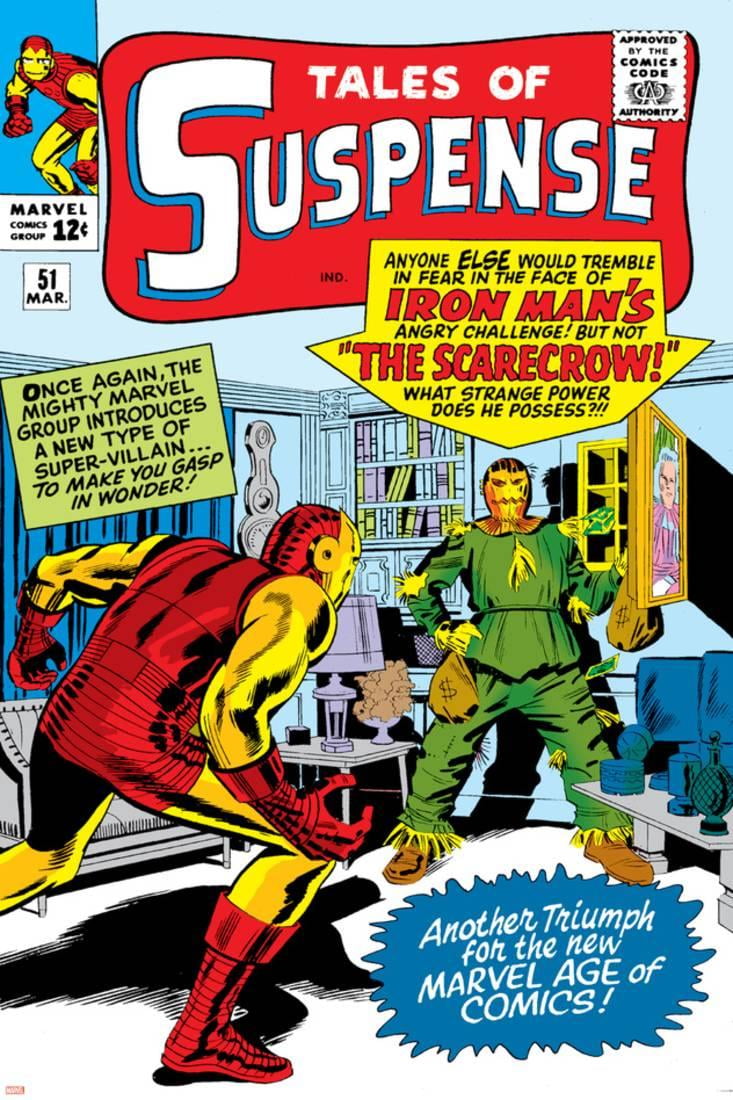
In this way the non-traditional chronicle assumes the aspect of works of the ilk of Forrest Gump. For instance, when the boy’s tricycle ends up on the barricades during the Russian occupation, the boy perceives the passage of the tanks through the town of his birth only insofar as this affects his tricycle. To begin with he is a small chap with a slight understanding of the world, a state of affairs that invests the author’s hand with a great emotional charge and his eye with an interesting, highly subjective distortion.

It is as though the world were one great football stadium, in which two teams – the Good and the Bad (who must be defeated) – are engaged in perpetuity in one match. In his childish credulity the son strives to follow the father’s example, thus growing up with a peculiar take on what is going on around him. Steiner the father is a hero to his offspring Steiner the son. Such is his love of the game that he tries to apply the clear, concise rules of football to life beyond the sporting arena – and this in a communist and post-communist era that is such a shambles that at first sight no rules can be divined, and where the rules that do emerge are quite absurd. Steiner the father, the hero of the middle generation, never feels better than when he is on a football pitch. The first generation is represented by Grandpa Steiner, who is drafted into the Wehrmacht because of his German origins but after the war stays with his family in a Czechoslovakia that has become hostile to all Germans. The events described are well supported by historical fact – the author is a graduate of History who at the time of the Velvet Revolution was a student at Prague’s Theatre Academy as events unfolded he observed them at close quarters and in great detail.Īlthough the book is no chronicle in the common sense, it follows the lives of three generations of Steiners. The book observes in some detail more than fifty years of development in Czechoslovakia, opening in the immediate post-war period with a look at the plight of the German minority that remained in Czechoslovakia, proceeding to the Russian occupation of the late Sixties and the subsequent persecution, before taking in 1989’s Velvet Revolution and beyond. Life is not easy for our protagonists because of the time in which they live. In his choice of title, the translator captured a basic idea of the story – the quest for a path to carry us upwards, the need for a canopy or vault over our personal lives. One of the protagonists is Steiner the father, a professional footballer who points his raised hand at the skies in celebration of every goal he scores. The novel’s German translator Mirko Kraetsch came up with a far better title for it in Germany the book was published as Die Hand in der Luft ( Hand in the Air) in recognition of one of its motifs.

In today’s world, that’s no small message. His claim that it’s worth playing for the good guys has the power to convince sceptics. Martin Fahrner talks about the most important things in life in a manner that entertains and moves us. My book is a tribute to all those who never give up this struggle.įrom the preface in the English edition of the book (by Martin Reiner, Czech publisher and award-winning writer): I made things up mainly because I wanted to tell the stories of people who seek the most important thing in life: its deeper meaning. Some of them are entirely fictional: I wasn’t writing a diary, and I wanted to protect the privacy of my family. I have reimagined certain real people and situations so that they better suit the purposes of my book. My grandmother was a rail switch lighter at the station in Lysá nad Labem, and my mother worked at a department of ophthalmology, where she treated some of the minor wounds and scratches I sustained while rock-climbing. My father really was a football player who later worked on a railway siding.

The Invincible Seven received an enthusiastic response from critics and readers alike it has been through two editions in the Czech Republic. The book observes in some detail more than fifty years of history, opening in the pre-war period, giving a view of the plight of the German minority that remained in Czechoslovakia after the war, proceeding to the Russian occupation of the late Sixties and the subsequent persecution, before taking in 1989’s Velvet Revolution and beyond. The protagonists live in difficult times. His version of history is replete with humour and hyperbole, as well as emotional depth. In telling the stories of several generations of one family, the author sketches the development of Czech society in the recent past.


 0 kommentar(er)
0 kommentar(er)
